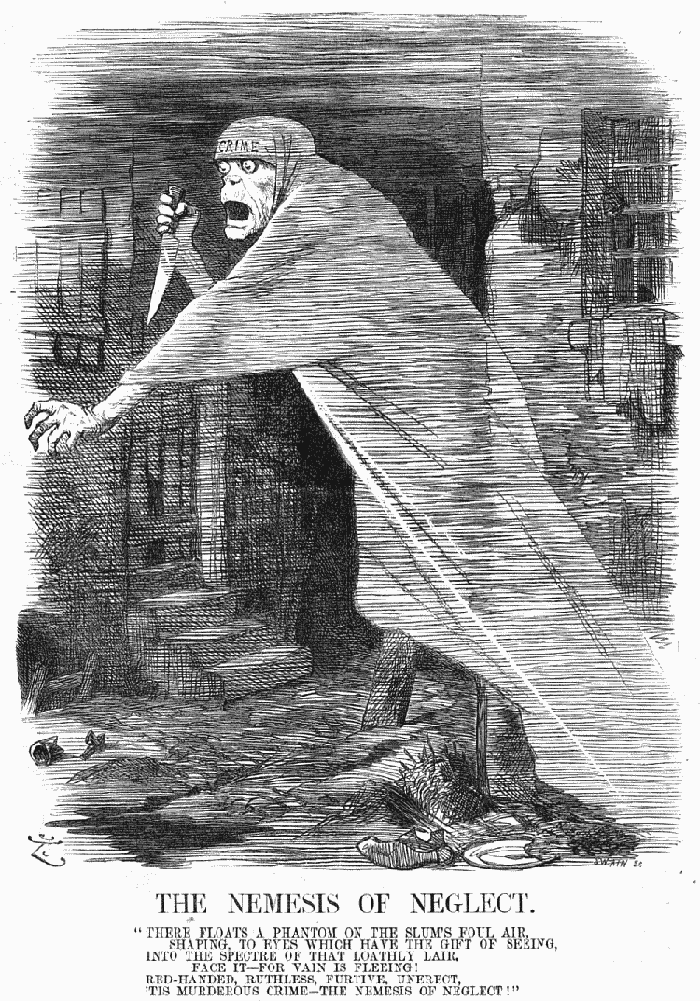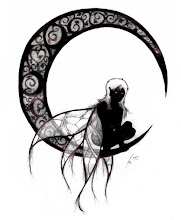From his humble (and somewhat surprising) beginnings as a Disney animator, the legend of Tim Burton has grown into a force which currently seems unstoppable. He is best known for his work with actor Johnny Depp and composer Danny Elfman. Although Elfman had worked with Burton a few times by this point, Edward Scissorhands was the first film that the Burton, Depp, Elfman triad worked on together.
Burton’s highly distinctive style was well developed by this stage, and the bizarre, fantasy world of Edward Scissorhands was the perfect showcase for it. It is best described as a crazy mix of childhood fantasy, gothic, Victorian chic, with a pinch of art nouveau, a cloud of steampunk, and a splash of irony all thrown together in the bizarre cauldron that is Tim Burton’s mind!
The story follows a mad professor’s creation, Edward, as he enters the everyday world and attempts to understand and cope with it.
From the very beginning of the film we see these styles mesh, as Dianne Wiest’s character views a highly gothic castle in her car mirror. The spired turrets, the angular design, the fact that it is situated on top of a large black rock, all these things add to the gloomy gothic atmosphere lurking over the castle.

When we view the inside, the gothic imagery continues, as seen by this beautiful staircase. Again there is darkness everywhere, high arched windows, and everything is covered in cobwebs and dust. The house is clearly a darkly gothic place.

Looking now at Edward’s creator, it is interesting to note that he is Vincent Price, an actor very well known for his roles in gothic horror movies. Although old here, he maintains an aura of glamour and mystery that a modern viewer must appreciate. The background of this picture shows huge cogs which, along with Edward’s outfit, produce a distinctly steampunk feel. Steampunk is a style frequently set in a fantasy or science-fiction world, but a world run by steam a la the Victorians.

Continuing with this, here we see the mad professor character’s machinery. While this is highly representative of Burton’s style, there is also a distinct feel of steampunk here.

Finally we should take a quick look at the costuming of the film. Although most of it is based on Burton’s 1950’s fantasy world, Edward’s costume is clearly Victorian influenced, as is Kim’s (Winona Ryder’s character) The long flowing dress, simple, demure cut, boned bodice and extreme, fiddly buttoning are all very reminiscent of the Victorian era.

Although completely crazy and bizarre, Burton's films are incredibly well-loved by millions of people. Long may he continue to create visually beautiful films with such a glorious mish-mash of styles!











 William Morris, member of the Pre-Raphaelite brotherhood and leader of the Arts & Crafts movement in Victorian-era England, is popular still in the 21st Century.
William Morris, member of the Pre-Raphaelite brotherhood and leader of the Arts & Crafts movement in Victorian-era England, is popular still in the 21st Century. 


